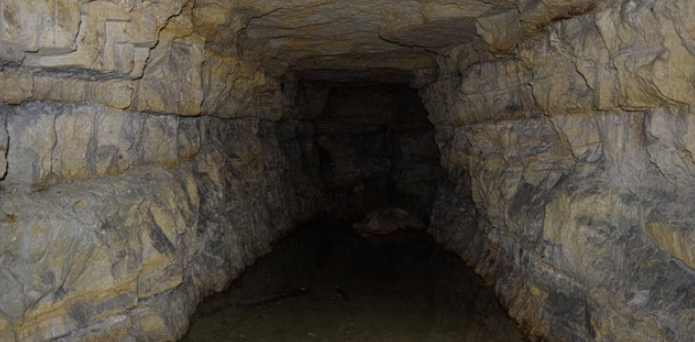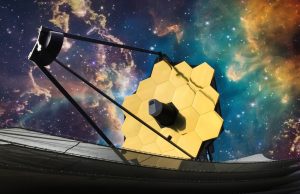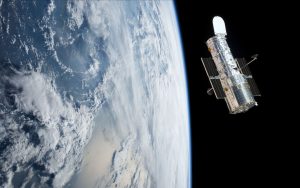The largest hydrogen deposit in the world has just been discovered.
Others are reading now
The world’s largest hydrogen deposit has been discovered in the underground mines of Folschviller in Moselle, France. Previously the focus of methane research, this project, known as Regalor, led by the University of Lorraine, CNRS, and the French Energy Company, unexpectedly uncovered a substantial reserve of what’s called “white hydrogen.”
This form of hydrogen is considered a potential future alternative to fossil fuels.
According to French media Clubic.com, The reserve, lying at a depth of 3,000 meters, contains several hundred million tons of hydrogen, which is about half of the global hydrogen production. White hydrogen, or natural hydrogen, is distinct from the more commonly produced green or gray hydrogen and can be used directly without further processing.
The discovery is particularly significant in the current climate scenario, offering a potential new resource for energy applications including car batteries and civil aviation.
Also read
Hydrogen production typically accounts for about 1% of global greenhouse gas emissions. White or “golden” hydrogen, which is formed through the interaction of underground water with iron-rich minerals, represents a more environmentally friendly alternative.
Estimations by Jacques Pironon from the University of Lorraine’s GeoResources laboratory, reported by the BBC, suggest the deposit could contain up to 250 million tons of white hydrogen. However, due to the heterogeneous nature of the area, not all the hydrogen may be exploitable.
This discovery has generated pride in French scientists and could position France at the forefront of a new “White Gold Rush.” Europe is currently leading in hydrogen project investments, with 35% of the global total








